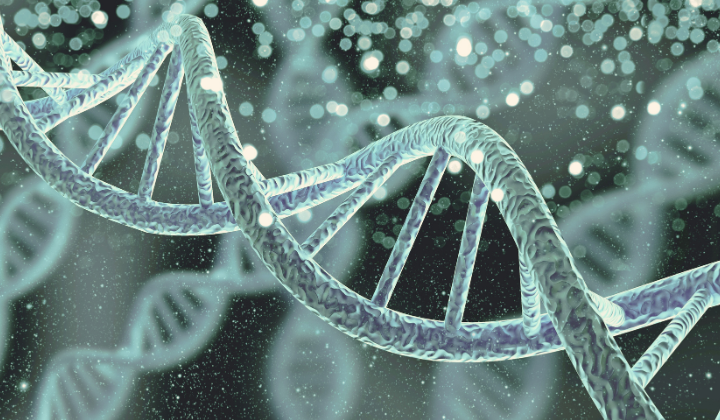
– Manuscript –
Scientists recently released a new accounting of the human genome. The research effort included information from people from around the world and could help ongoing efforts to identify genetic causes of diseases.
Background
A genome is an organism’s genetic map and contains the information needed for development and growth. Each person’s genome is individual, differing only from all others by about 0.4 percent on average.
Scientists have made big advances in understanding the human genome in the past twenty years.
In 2003, researchers announced the first genome sequence that accounted for over 90 percent of the complete human genome. It included information from about 20 people, but 70 percent of the blood donated for the research came from one individual of mixed European and African ancestry.
The first complete human genome, based on one European person, was published last year.
Human Pangenome Project
The Human Pangenome Project builds upon this body of work.
A pangenome is a collection of diverse genomes. Scientists describe it as a rainbow of genomes, compared with one line representing the older, single reference genome.
The collection is designed to represent the genetic diversity of the human species.
By comparing the “genomes we can then build a map of not just one individual, but a whole population of variation,” said Benedict Paten of the University of California, Santa Cruz. Paten was the senior writer of the main research paper that reported the findings in Nature.
The pangenome contains material from 24 people of African ancestry, 16 from the Americas and the Caribbean, six from Asia and one from Europe.
The group leading the research is part of the Human Genome Reference Program, which is financed by an arm of the U.S. National Institutes of Health.
Implications
Our species, Homo sapiens, developed in Africa roughly 300,000 years ago and later spread worldwide.
“Human ancestry is incredibly complex, and we’re all related to each other through our common history,” said Ira Hall, director of the Yale Center for Genomic Health and one of the research leaders. Hall added, “And so by sampling broadly across the genetic tree of humanity, it benefits everybody.”
The new genome research could deepen understanding about how genetic variation is linked to health and disease. It could also improve genetic testing and guide drug discovery.
Candice Hirsch of the University of Minnesota was not involved in the research but has closely followed the effort. She said she expects many discoveries to flow from it. Until now, “we really have only been able to scratch the surface of understanding the genetics that underlies disease,” she added.
It may take a while for patients to see benefits from the research. But scientists said new findings should help make genetic testing more exact and possibly lead to drug discoveries.
The research team is in the process of adding to the collection of reference genomes. The group aims to have sequences from 350 people by the middle of next year. Scientists are also hoping to work more with international partners, including those centered on Indigenous populations.
“We’re in it for the long game,” Paten said.
Words in This Story
genome – n. all the genetic information of an organism
sequence – n. the order in which things happen
rainbow – n. a curved line of different colors that sometimes appears in the sky when the sun shines through rain
sample – v. to test, study, or question (a group of people or things taken from a larger group) to get information
benefit – v. to be useful or helpful to (someone or something)
scratch the surface – expression to learn about only a small part of something
*This article has been edited and reprinted from VOA Learning English with permission from Voice of America (VOA) for use in English language materials.
